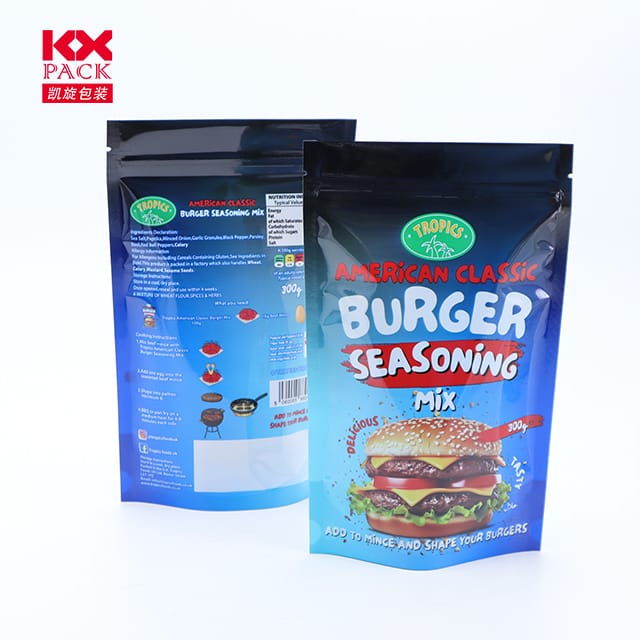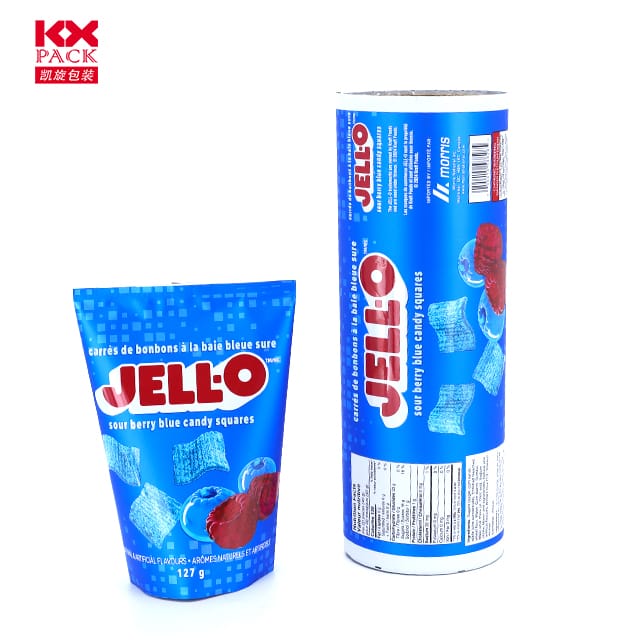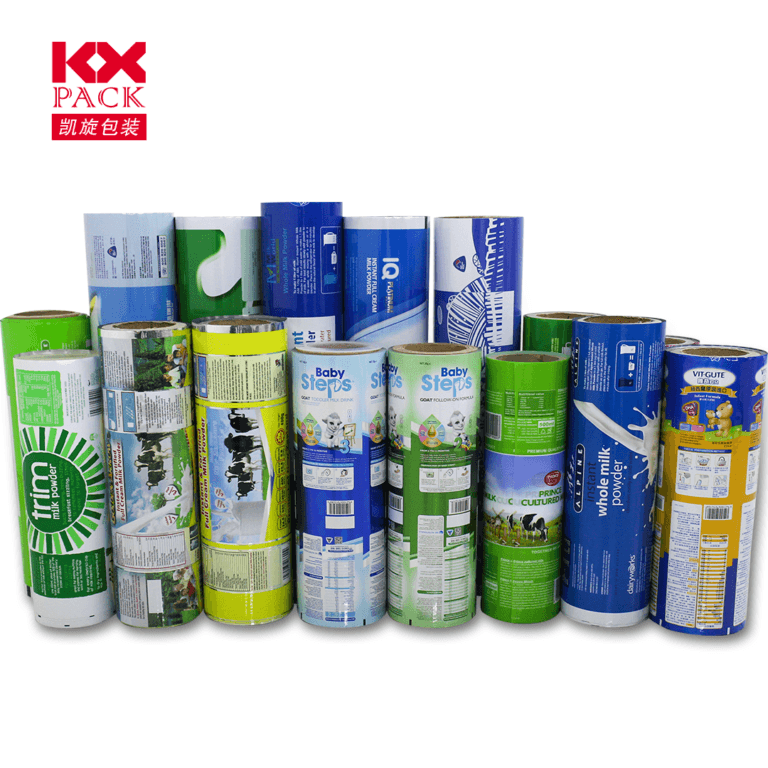Ewolucja i innowacja folii z tworzywa sztucznego przeznaczonego do kontaktu z żywnością: Zapewnienie bezpieczeństwa i zrównoważonego rozwoju
Film plastikowy z klasy spożywczej
In today’s food industry, folia z tworzywa sztucznego przeznaczona do kontaktu z żywnością stands as a cornerstone of packaging innovation, równoważenie bezpieczeństwa, funkcjonalność, i odpowiedzialność za środowisko. W miarę wzrostu globalnego popytu na pakowaną żywność, podobnie jak zapotrzebowanie na zaawansowane materiały, które chronią produkty bez narażania zdrowia i planety. Let’s delve into the world of food grade plastic films—their types, Zastosowania, ryzyko, i przyszłe trendy.
What Makes a Plastic Film “Klasa spożywcza”?
Food grade plastic films are engineered to meet stringent safety standards set by regulatory bodies like theNAS. FDA (Code of Federal Regulations Title 21) iEU’s 10/2011 regulation. These materials must:
- Not leach harmful chemicals w jedzenie.
- Withstand temperature variations during storage, transport, and heating.
- Resist degradation from acids, fats, or moisture in food.
- Be traceable to ensure compliance with safety protocols.
Common food grade polymers include:
- Polietylen (PE): HDPE (rigid containers) and LDPE (folie elastyczne, cling wraps).
- Polipropylen (PP): Microwave-safe containers, thermoformed trays.
- Tereftalan polietylenowy (ZWIERZAK DOMOWY): Transparent bottles, blister packs.
- Chlorek poliwinylu (PVC): Used cautiously due to potential phthalate migration.
- Bio-based Alternatives: PLA (Kwas polilowy) and starch-based composites for eco-friendly options.
Key Applications in Food Packaging
- Sprzedaż detaliczna & Consumer Packaging
- Świeże produkty: LDPE films extend shelf life by regulating oxygen and moisture.
- Mleczarnia & Napoje: HDPE jugs and PET bottles dominate for their lightweight durability.
- Gotowe do spożycia posiłki: PP trays withstand microwave heating (up to 120°C).
- Przemysłowy & Bulk Handling
- Filmy o wysokiej zawartości barier: Multi-layer structures (NP., PA/EVOH/PE) prevent oxygen ingress for meat, ser, i kawa.
- Flexible Pouches: Stand-up pouches with zippers and spouts enhance convenience.
- Specialty Uses
- Opakowanie ze zmodyfikowaną atmosferą (MAPA): Films adjust gas composition to slow spoilage.
- Inteligentne etykiety: Temperature-sensitive inks or QR codes track freshness.
Risks and Challenges
Pomimo ich korzyści, food grade plastic films face scrutiny:
- Chemical Migration: High temperatures or acidic foods may cause additives (NP., plastyfikatory) to leach.
- Mikroplastyka: Fragmentation during use or disposal raises environmental concerns.
- Recyklingowe przeszkody: Mixed-material laminates (NP., aluminum/PET) complicate recycling.
Sustainable Innovations Shaping the Future
The industry is pivoting toward eco-conscious solutions:
- Ulegające biodegradacji & Folie kompostowalne
- PLA, otrzymywany ze skrobi kukurydzianej, decomposes in industrial composting facilities.
- PHA (polihydroksyalkaniany) offers marine-degradable options.
- Recyclability Advancements
- Monomaterial Designs: All-PE or all-PP structures simplify recycling.
- Recykling chemiczny: Breaks down plastics into raw materials for new films.
- Pchnięcie regulacyjne
- The Dyrektywa UE z jednorazowym użyciem tworzyw sztucznych bans non-recyclable films by 2030.
- China’s GB 4806.7-2023 standardizes food contact materials, encouraging domestic innovation.
- Tech-Driven Solutions
- Nanocoatings: Enhance barrier properties without adding thickness.
- Aktywne opakowanie: Incorporates antioxidants or antimicrobial agents.
Consumer Tips for Safe Usage
- Avoid Heating PVC or PS Films: These may release toxins.
- Check Recycling Codes: #2 (HDPE), #4 (LDPE), I #5 (PP) are safer choices.
- Limit Single-Use Films: Opt for reusable silicone lids or beeswax wraps.
Droga przed nami
The food grade plastic film market is projected to reach$51.9 miliard przez 2030, prowadzony przez:
- Rynki wschodzące: Rising middle classes in Asia and Africa demand packaged food.
- E-commerce Growth: Online grocery sales rely on durable, leak-proof films.
- Circular Economy Goals: Brands like Nestlé and Coca-Cola pledge 100% opakowanie nadające się do recyklingu wg 2025.
Wniosek
Food grade plastic films are indispensable to modern food systems, but their future hinges on innovation and responsibility. By embracing bio-based materials, improving recyclability, and adhering to strict safety standards, the industry can meet consumer demands while safeguarding health and the environment.
Jako konsumenci, let’s advocate for transparency and sustainability—because the films that wrap our food should protect more than just its freshness.
What’s your take on food grade plastic films? Podziel się swoimi przemyśleniami w komentarzach poniżej! 🌱🍎📦






